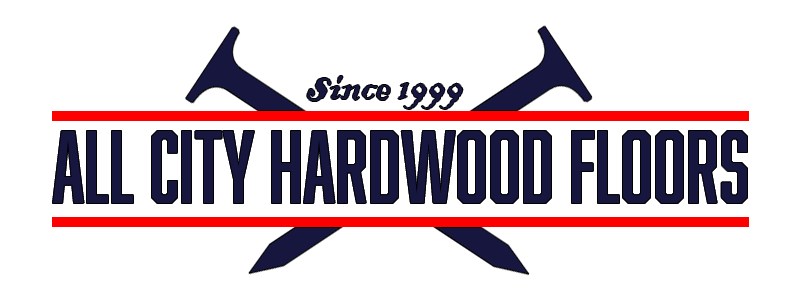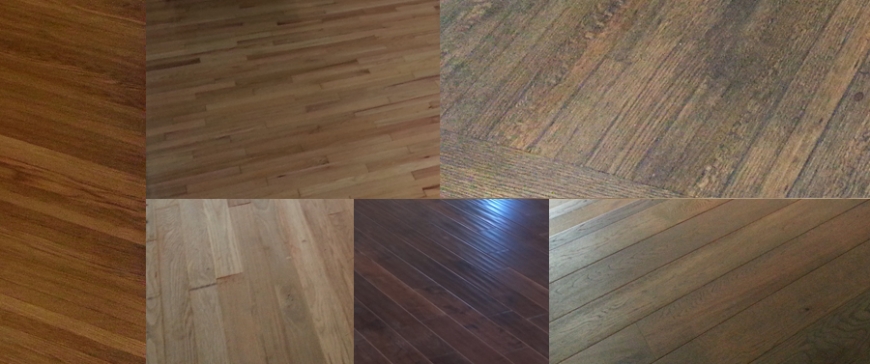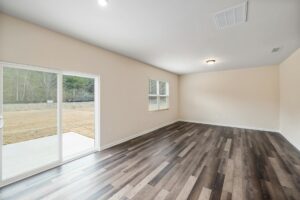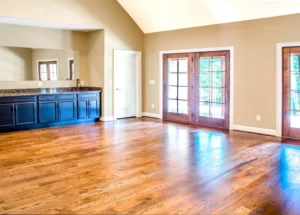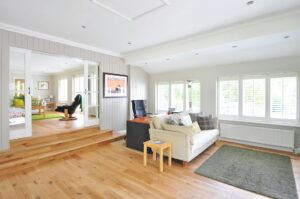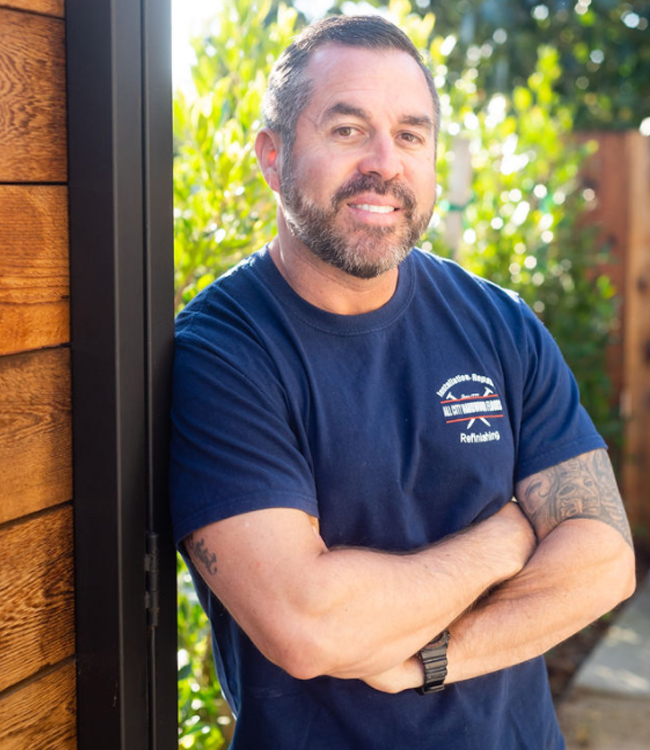Lets start by saying that basic hardwood flooring comes in a variety of forms, shapes, sizes, and grades. Next I will try to explain to you the different forms of wood flooring:
Solid wood flooring
Solid wood is exactly what it says – a solid board or plank that’s been cut from the log and milled to shape. It’s usually 3/4″ thick although some thinner products like 3/8′” are available.
Engineered wood flooring
Engineered hardwood flooring is a product made up of a core of hardwood, plywood or HDF and a top layer of hardwood veneer that is glued on the top surface of the core and is available in almost any hardwood species of choice. These layers are assembled so that their grain orientation is 90-degrees to each other. This provides a more stable product that doesn’t ‘move’ (expand and contract) as much as solid wood does.
Wood flooring strips & planks:
- Strips: Is the narrower of the two types and is typically 2-1/4″ to 3-1/4″ wide.
- Planks: are wider and run anywhere from about 4″ to 9″ wide.
Wood flooring cut :
How it is cut from a log determines how the grain will look and how stable it will be.
- Quatter Sawn: When the log is cut into quarters and the boards then cut perpendicular to the tree’s growth rings.
- Rift Sawn Wood: Cutting boards out of the wood with their width angled toward the center of the log.
- Plain Sawn Wood: Slicing the log along its length into boards.
Hardwood flooring grades:
“Hardwood grading is defined by NOFMA, The Wood Flooring Manufacturer’s Association.”
- Clear grade has very uniform appearance with respect to grain and color with a minimal amount of character marks.
- Select grade is defined by more variation in natural color differences due to the combination of both sapwood and heartwood.
Heartwood is the material that’s in the center portion of the tree. It’s usually a darker color and is inactive tissue in a living tree.
Sapwood describes the outer portion of the tree closer to the bark. It’s typically characterized by a lighter color than the heartwood.
- #1 Common is characterized by more pronounced color variation and grain distinction as well as the occurrence of other distinctive marks.
- #2 Common is similar to #1 Common except that it contains even more distinct variation in color and grain pattern as well as other characteristics like knots, mineral streaks and manufacturing marks.
Hardwood flooring edges:
- Hand scraped wood has a decorative effect and is a board of wood that is not perfectly flat and has scrapes on it created by hand with a draw knife or by a machine.
- Beveled-edge wood has a slight bevel on its edges so that when two boards are laid side by side a very shallow V-groove is formed where they meet.
- The “eased” edge makes up for any slight irregularities in the sub-floor.
Finished or unfinished hardwood flooring:
- Pre-finished hardwood is a good choice for those who wish to install their hardwood floor without having to do any sanding or finishing. Most pre-finished floors today have some form of aluminum oxide treatment for better wear protection. Some actually are impregnated with acrylic which makes the wood very durable and resistant to dings and dents.
- Unfinished floors are finished on-site in your home once they’re installed. Most finishes involve several coats of urethane, although other coatings such as oil and something called a ‘Swedish’ finish are applied.
Color:
The color of wood varies among species as well as within a particular type of wood. Natural wood can be stained, however not all woods accept stain well and some are better off without it.
